#hethorne markers
Explore tagged Tumblr posts
Text
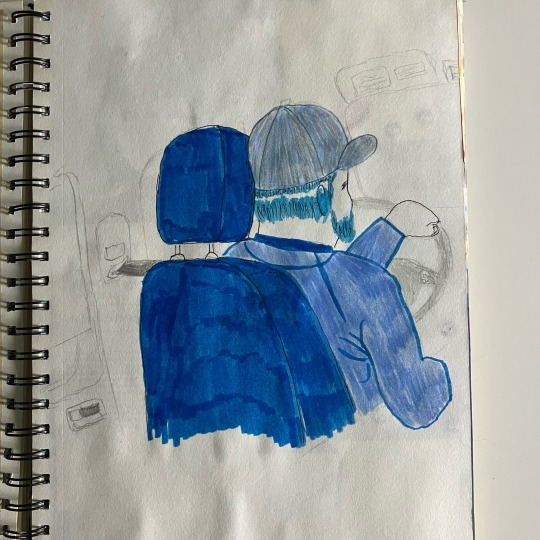
What I see from the back seat when my family is driving to my grandparents
Shaun, pens, pencils, crayola coloured pencils, hethorne markers, studio sparkly gel pens, sketchbook
💙🩵🤍💙🩵🤍💙🩵🤍💙🩵🤍💙🩵🤍
#sketchbook#blue#blue doodles#blue monochrome#light blue#hethorne markers#coloured pencils#coloured pens#myteaisgettingcold
0 notes
Text
Hand-sewing an 18th Century Chemise: The Project and Extant Garment
This project represents a new challenge for me. I’ve made many shifts or chemises in the past but this will be the first one sewn entirely by hand. I study historical garments for several reasons: to learn about the role clothing plays in society as a marker of class and status, as a form of personal expression, and as a resource for construction techniques. The goal of this project is to experience the process of hand-sewing a garment and to improve my sewing skills by doing. I’m not setting out to create a perfect historical replica though the finished product will be similar to the original garment in many ways. There will be comparisons made to the extant garment along with my observations on history and the process.
This project began with the 18th century shift in the Colonial Williamsburg collection (acc. no 1986-207). Garment materials and construction details are laid out by Linda Baumgarten and John Watson in the book Costume Close-up: Clothing Construction and Pattern 1750-1790. Fabric has long been a valuable commodity (Welters 8-11), the expense of hand weaving costing more than the labor to sew the fabric into a garment. Many basic garments were designed to economize fabric use, being created out of various sizes of rectangles, squares, and triangles in order to fit together with minimal waste. This chemise design would have lost only a few scraps of fabric from the center neckline and at the bottom (Baumgarten 59).

Modern fabrics rarely replicate the same widths as in historical eras when looms were smaller. To adapt the fabric I had available, I cut down a 60” wide length of cotton to better approximate historical yardage. This adaptation caused a difference in selvage placement between the original garment and my version which I will examine during the sewing process.

Baumgarten, Linda and John Watson. Costume Close-up: Clothing Construction and Pattern 1750-1790. Colonial Williamsburg Foundation, 1999.
Welters, Linda. “The Fashion of Sustainability.”Sustainable Fashion Why Now? A Conversation about Issues, Practices, and Possibilities, edited by Janet Hethorn and Connie Ulasewicz, Fairchild Books, 2008, 7-29.
2 notes
·
View notes
Text
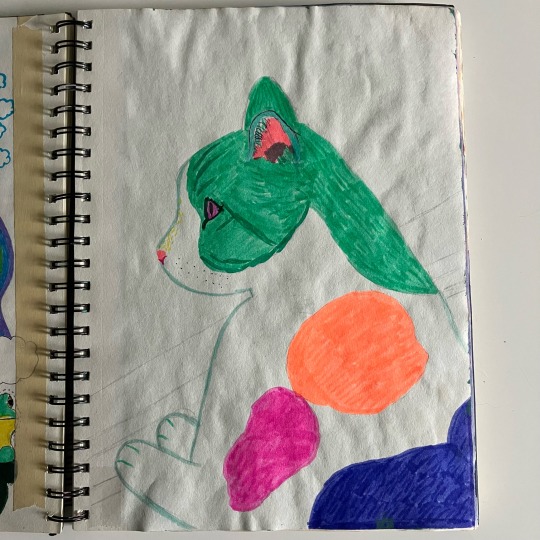
Drew my cat Tato looking out the window, realized I didn’t have any good enough markers for his fur colour so I threw caution to the wind and made him a neon kitty 🐱
Tato, pencil, hethorne markers, sketchbook
🌈🐈🌈🐈🌈🐈🌈🐈🌈🐈🌈🐈🌈🐈🌈🐈
1 note
·
View note
Text

Eyes, hethorne markers, highlighters, studio gel pens, sketchbook
👁️🌈👁️🌈👁️🌈👁️🌈👁️🌈👁️🌈👁️🌈👁️🌈
#sketchbook doodles#eyes#eye drawing#eye doodle#sketchbook#highlighter#neon#neon eyes#neon rainbow#myteaisgettingcold
0 notes
Text

My nude shade markers kinda suck so I experimented with neon colours, my favourite is the top left girlie. I think I really like perfected my method when I got to her.
Neon girls, hethorne markers, sketchbook
🩷❤️🧡💛💚🩵💙💜🩷❤️🧡💛💚🩵💙💜
0 notes
Text
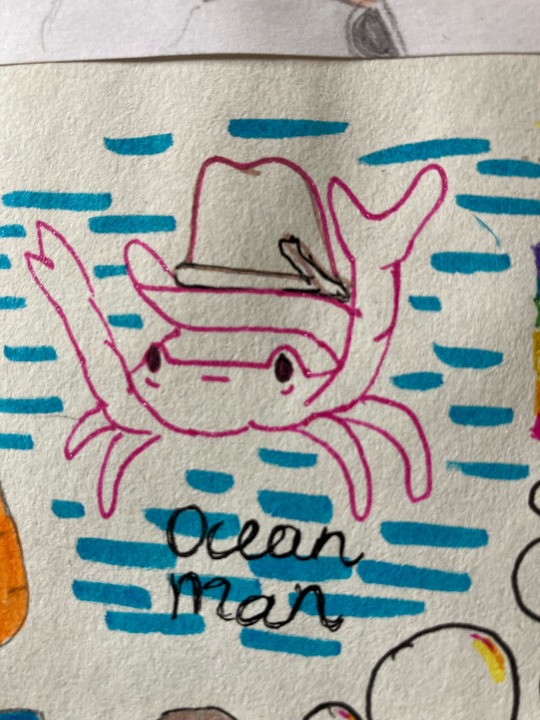
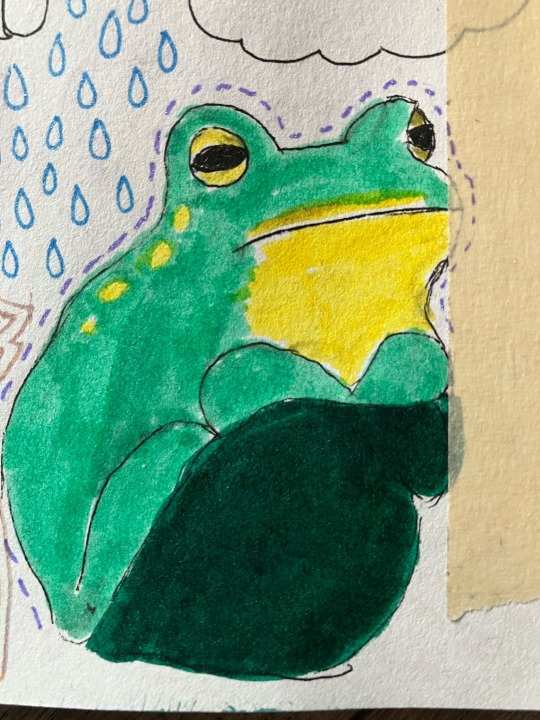
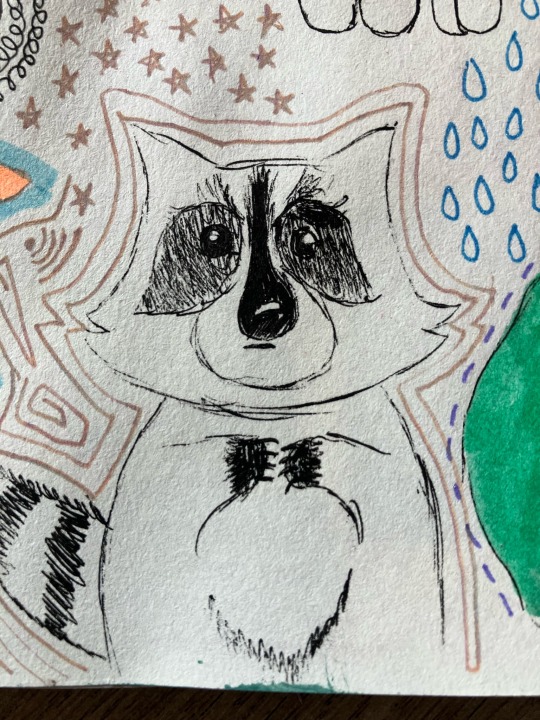
More doodles
Doodles, hethorne markers, studio gel pens (black, sparkly, tie dye), sketchbook
🐸🦝🦀✨🐸🦝🦀✨🐸🦝🦀✨🐸🦝🦀✨
1 note
·
View note